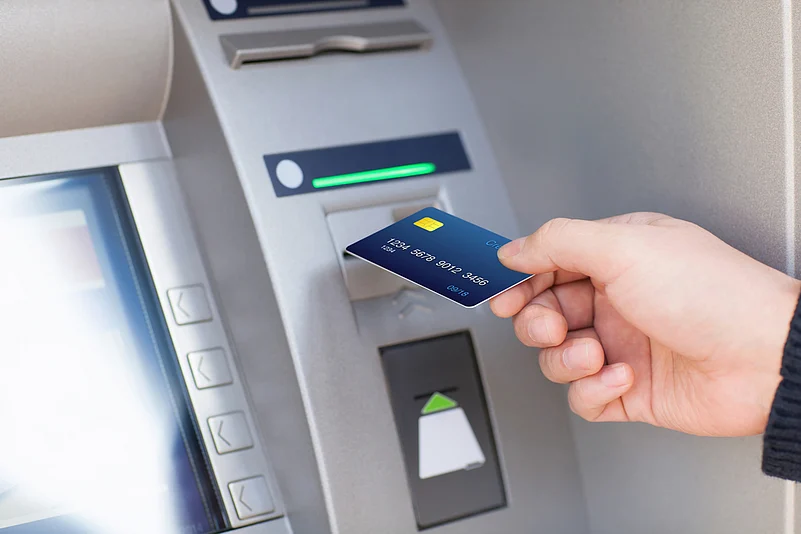The Reserve Bank of India recently took a slew of measures to give boost to white-label ATMs (WLAs). It allowed them to borrow cash from the RBI and currency chests or source cash from any scheduled bank. The RBI also allowed these WLAs to display advertisements within the WLA premises.
RBI has also allowed that banks can issue co-branded ATM cards in partnership with the authorised WLAs. White-label ATMs are set up by non-bank entities and are under the guideline that if one ATM is set up in Tier I city then two ATMs should be set up Tier II to Tier III cities.
Advertisement
Latest RBI guidelines come as a step towards financial inclusion as more rural and semi-urban areas will get the ATMs and will provide the much-needed facilities in these areas. The time for the announcement was right as India was facing a huge crunch in the number of ATMs because of the high cost to banks for maintaining them. ATM penetration in India is very low at less than 100 per 10 lakh population as against 1400 per 10 lakh in USA.
At present, the country has a little more than 2.2 lakh ATMs including 15,626 WLAs and it needs to double the figure to round 4 lakh in the next two years, according to a research note by Tata Communications Payment Solutions Ltd (TCPSL), the largest WLA (White Label ATM) operator. Concerning is the fact that the number of bank ATMs after March 2017 has gone down by 2,331.
Advertisement
In India around 134 crore people reside in the rural areas and only 5 per cent of the rural areas have ATMs. This means that out of over 6 lakh villages in India, barely 30,000 villages have ATMs. The shortage is concerning and the need to connect them with this basic facility is gaining momentum as the Government is now more concerned about bringing the rural areas in mainstream. How will these people benefit from government schemes when they cannot withdraw the amount as they sometime have to travel miles to access an ATM.
After the new guidelines by the RBI, it is expected that more non-banking companies will come forward. The idea has become lucrative as the RBI has allowed advertisements inside the premises of WLA. The cost factor has been taken care of and the number of companies for WLAOs that stand at eight as of now is likely to increase in near future.
The customers are set to gain from WLAs as they are now allowed to offer bill payment and interoperable cash deposit services subject to technical feasibility and certification by National Payments Corporation of India (NPCI). For a customer, the WLAs are not different from using ATMs of any other bank. The geographical reach of ATMs is now likely to spread to far-off areas and the financial inclusion that Government was aiming will be achieved through the RBI's latest guidelines.
The author is Head, Research, Fairwealth Securities















 Just one email a week
Just one email a week